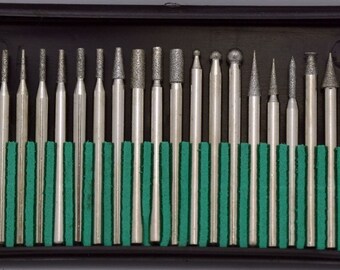Concern about the glass dust is justified IMO, as is a related problem nobody is mentioning, heat build up.
To counter both, you should do this job wet. Not a lot of water is needed, but you should have enough to both carry away the dust from the cutting area (keep the tool clean) and provide cooling. The water will trap the dust just like using water spray basically ended 'Black lung' and other dust related mining surges.
Just a few drops are needed, but keep working through a small puddle of water and it will be faster, easier, safer and less likely to chip out on you. Remember, there are a lot of edges near by when working on this part of the stem, normally a disqualifying feature (the general advice is to avoid holes within a half inch or so of an edge in a glass piece to avoid stresses chipping bits out. Slow and easy (and wet) is, I think, the key.
BTW, the 'right' bit for this sort if thing is a tube. Balls, cones and such stress the walls of the cut. Traditionally brass tubes with grit would be used for this. Tungsten carbide grit (like used to grind auto valves) works fine....in fine enough grades (I've used 400 grit Colver).
But they did. Remove the four screws, slide out the works, unclip the battery cover, disconnect the battery (connector is beside it). Count to 10 and plug it back in. I bet it works.....
OF



